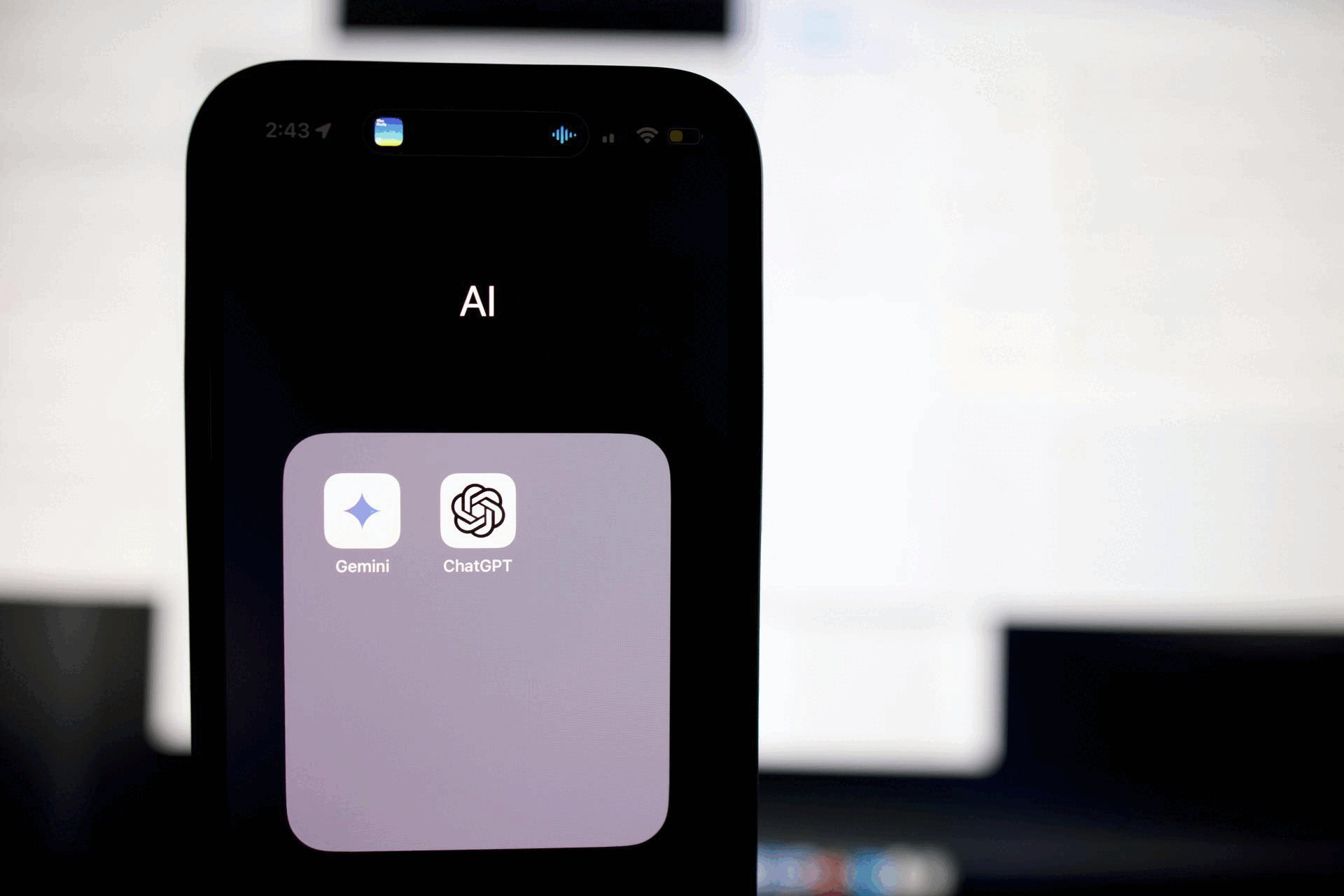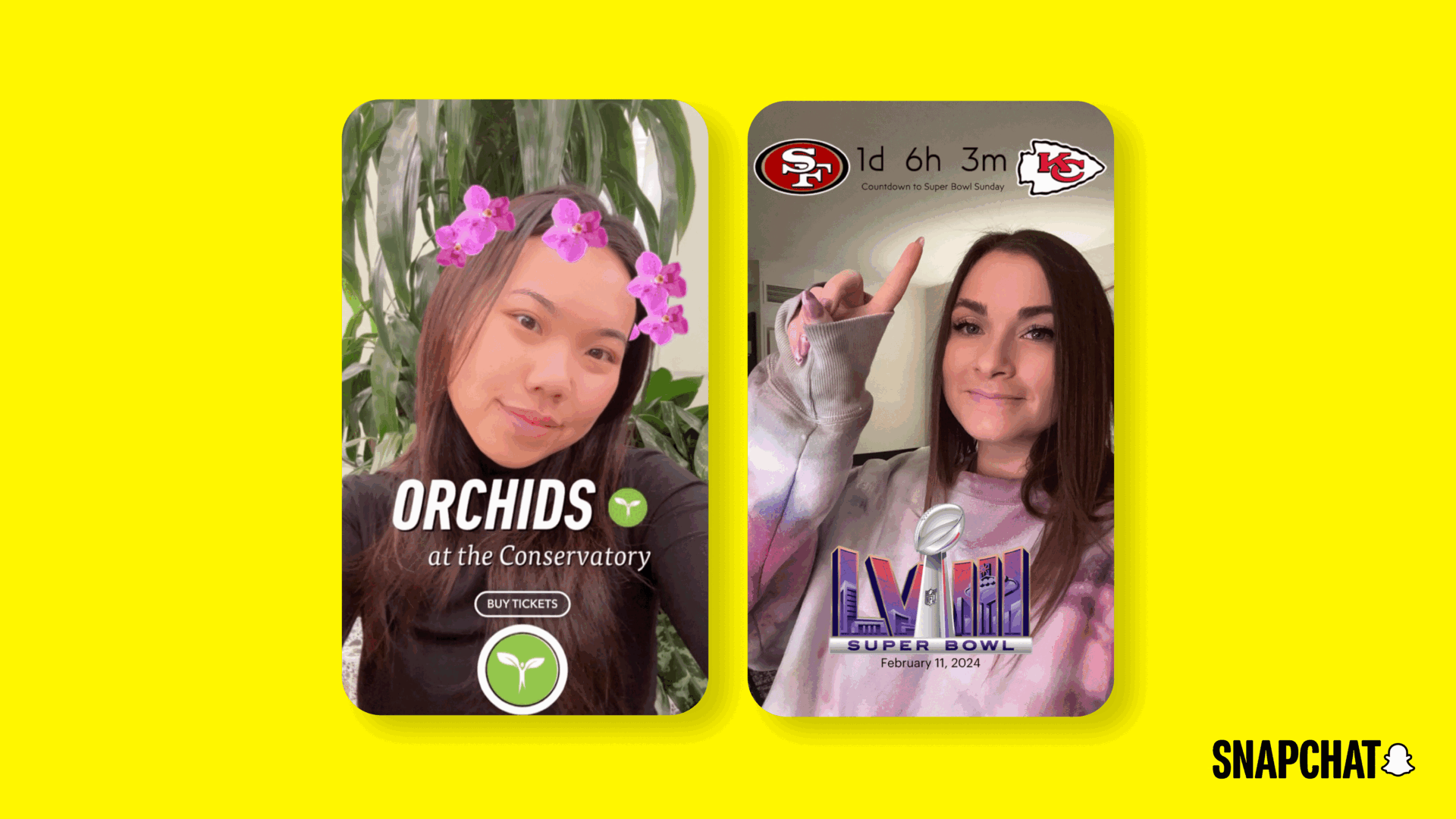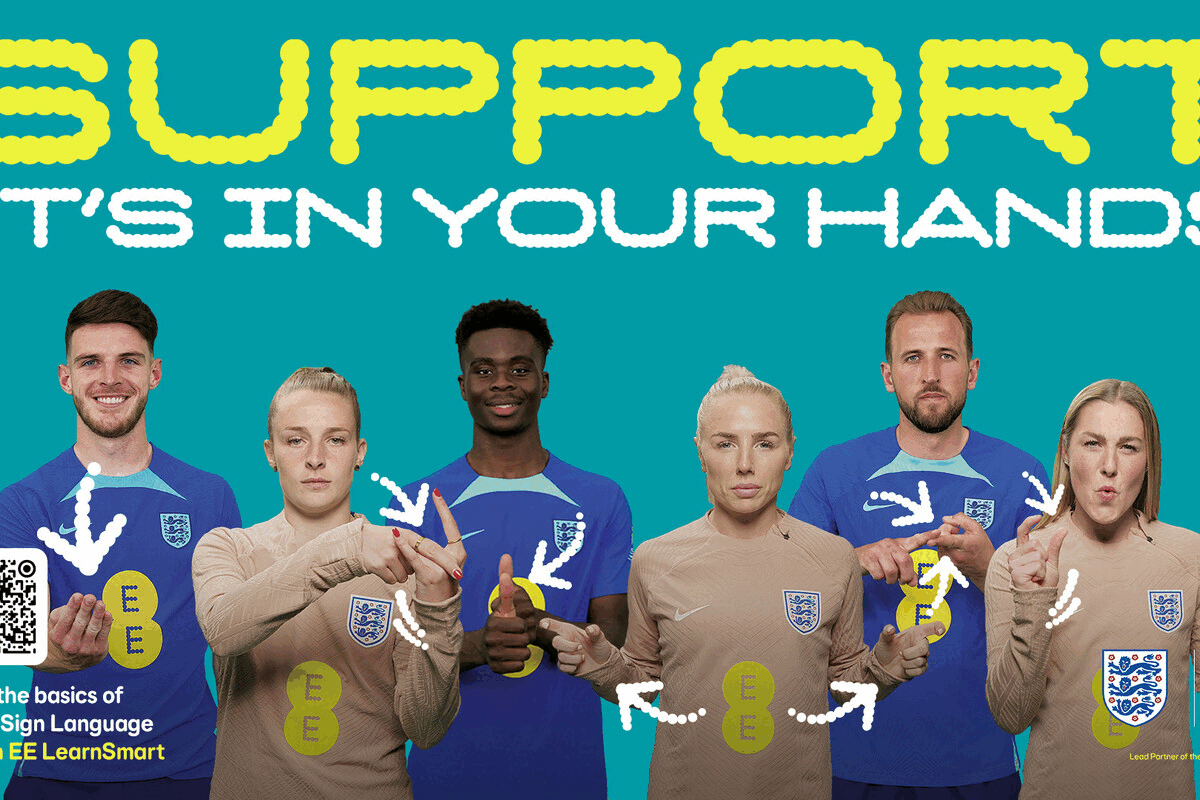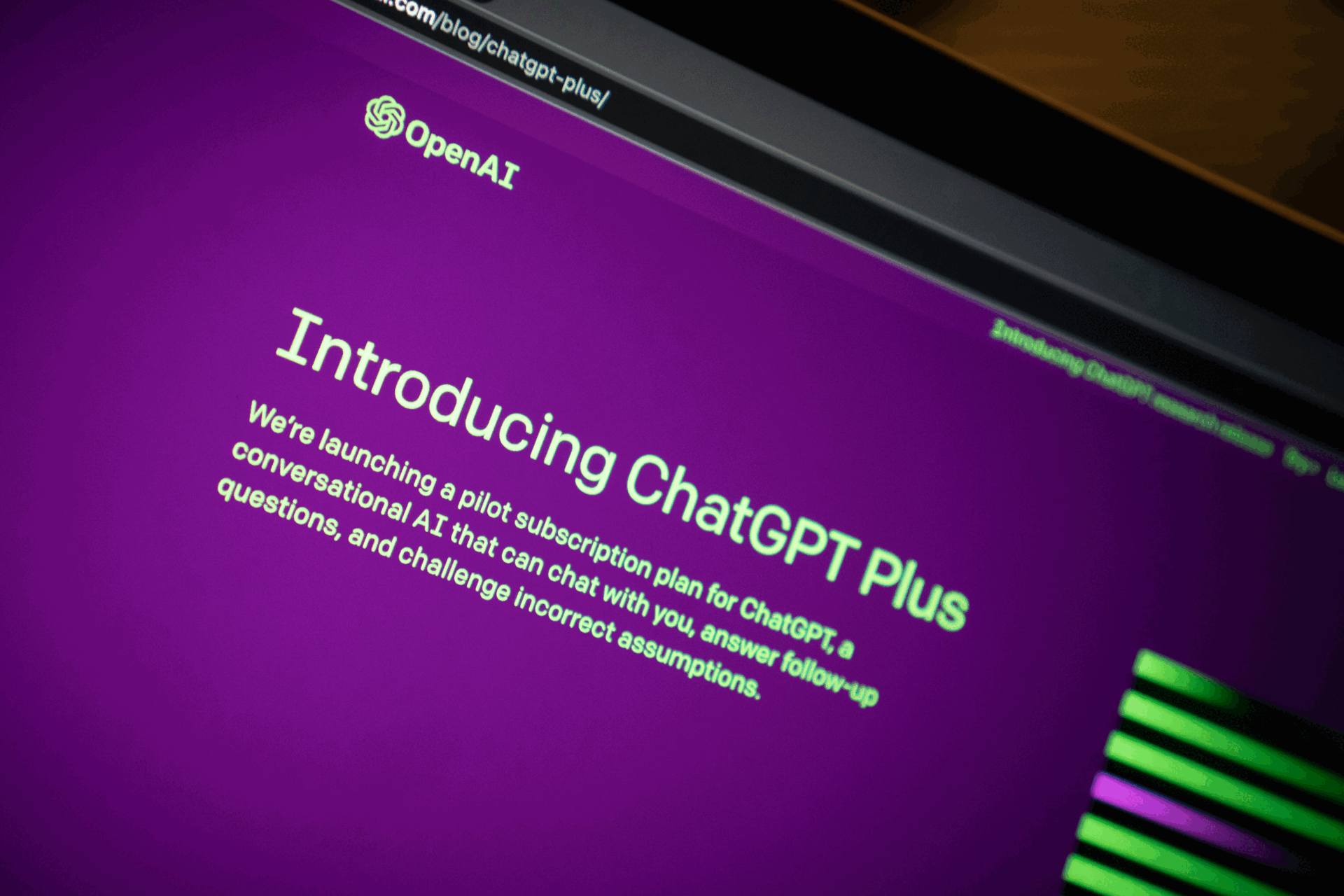Carrier IQ Launches IQ Insight Experience Manager
- Monday, March 30th, 2009
- Share this article:
Carrier IQ, which specializes in Mobile Service Intelligence solutions for wireless carriers and device vendors, has launched IQ Insight Experience Manager to its Carrier IQ suite of analytics products.
According to Carrier IQ, the solution gives wireless carriers and mobile device manufacturers an unprecedented, objective view into what is actually happening on mobile subscribers devices. This includes quality of service, application usage and the related experience, as it occurs, at the point of delivery and use.
A rich understanding of the overall customer experience is increasingly viewed as the key differentiator in the mobile market, says Carrier IQ CEO, Mark Quinlivan. Experience Manager gives service providers, device vendors, and application and content developers the ability to offer compelling products and services that customers truly value based on a vast amount of objective data. Experience Manager can directly contribute to enriching the overall customer experience and thus the mobile companies success in this extremely competitive market,
IQ Insight Experience Manager uses data directly from the mobile device to give a precise view of how the services and the applications are being used, even if the phone is not communicating with the network.
The solution can be applied by Carrier IQs existing customers to their own deployed base of handsets which already have the companys core technology embedded in the device, and it can also be applied to new devices as they are introduced. In total, Carrier IQs core technology is currently embedded on more than 35 million handsets globally.
Using Experience Manager, Carrier IQ conducted extensive trials over several months with multimedia devices across North America and Europe that included thousands of users across 40 operators. Some of the key findings of critical interest to different mobile market players are:
- Interest decreases in complex multimedia applications after as little as two days. Thereafter, those applications had very little or no usage.
- Features that attracted the most extensive use throughout the trial period were Call History, Contacts, Camera, Internet Browser and Media Player.
- During phone calls, the top features that were used simultaneously included SMS, Camera, Bluetooth and Calendar.
- Only 15% of camera use resulted in sending an MMS.
- The majority of users listened to MP3 audio and viewed MPEG-4 video files during the evening.
















